I consider myself disabled because I live with chronic depression and anxiety, which affects every aspect of my daily life. It took me a long time to recognise my mental illness as a disability, because of the stigma that often exists around disability.
I became actively interested in disability and accessibility for disabled people in 2018, after attending a filmmaking workshop on “Gender, Disability & LGBTQIA+” organised by the Ghanaian feminist organisation Drama Queens. The main goal was to learn how to ethically represent marginalised people in our films. It was my first encounter with the social model of disability, which is the idea that what makes someone disabled is not their medical condition, but instead ignorance, negative attitudes and inaccessible structures of society. This idea was life-changing because ever since, I’ve been paying attention to how inaccessible society actually is for people with different disabilities. I began to learn more and sought out disabled people to follow and learn from, and started to think about how I could do my part to make the world more accessible for disabled people.
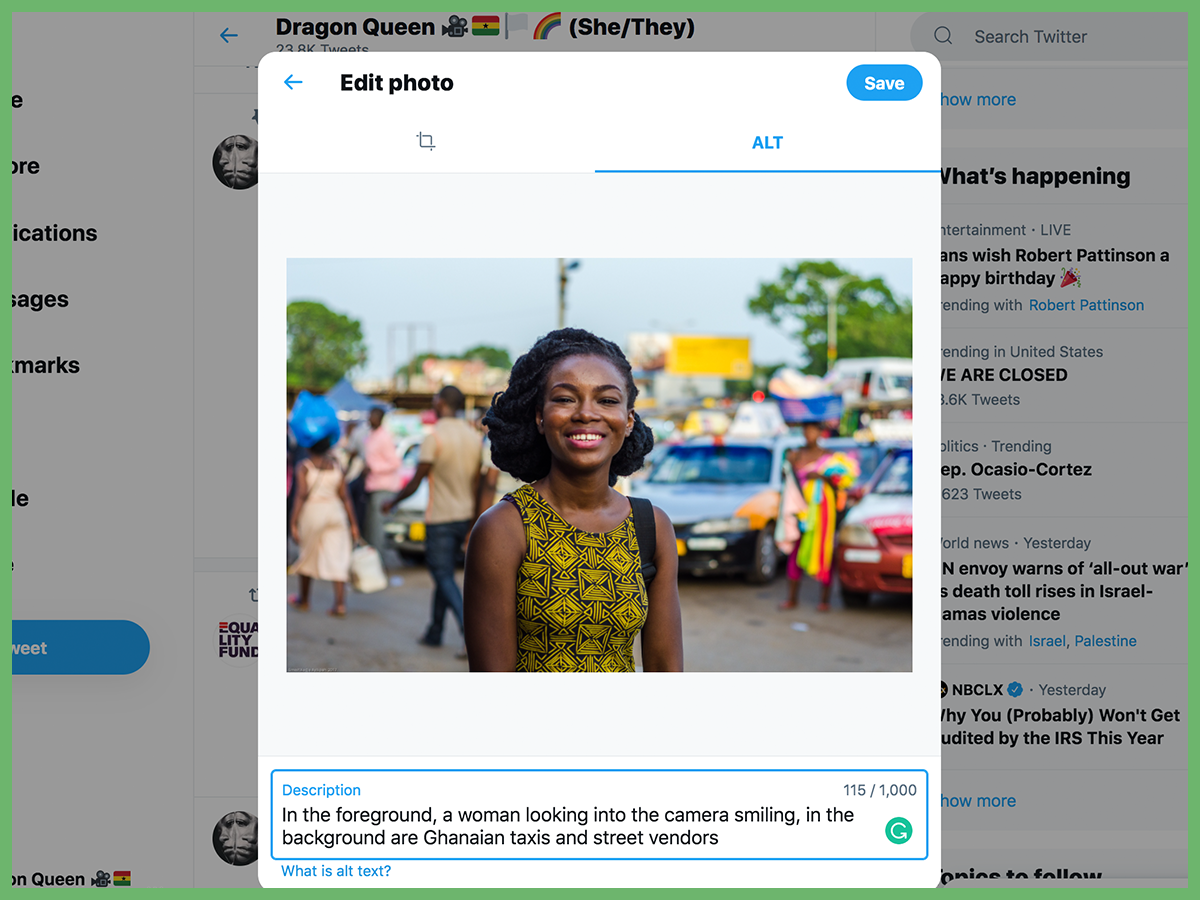
Things I did this month + Challenges
As part of the European Footprints project, I pledge to raise awareness about the many faces of disability and to encourage people to be more inclusive. My plan to do this is by captioning all my social media photos and videos, learning about one particular type of disability per month, and sharing at least one post per week about disability (preferably from a disabled person).
Sharing Posts about Disability
I began my goal for April by reading an article about the everyday words and phrases that are actually ableist and harmful to disabled people: Why You Need to Stop Using These Words and Phrases.
My biggest takeaway was “when you attack a person’s physical and mental abilities in place of actually expressing an opinion or idea, you further stigmatize people with disabilities” – in reference to using ableist terms as insults. Many people use these terms as a quick way to condemn bad behaviour without thinking about the impact of the words on people who have the condition the term was originally used for words like crazy, dumb, etc.
I shared this article with my Twitter followers as well as with a new friend. He was grateful for the opportunity to learn because he had never considered the impact of his words. However, he also expressed concerns about making mistakes and offending people. I explained that making mistakes is normal and what matters is the effort. I was a bit nervous to bring this up to people in my real life, especially people I don’t know so well, because I was afraid of creating conflict. But in the end, the opportunity to make the world just a little better was worth it to me.
I also retweeted posts from some disabled people including Cara Lisette, a mental health advocate with anorexia:
Racism isn’t a symptom of mental illness. Pass it on.
— Cara Lisette (@CaraLisette) May 6, 2021
if you're an abled person, I would really appreciate it if you could just
stop trying to decide if someone is "really disabled" or "a faker" it is so harmful. please do not. — Sparrow/Liz (semi-hiatus) (@UntoNuggan) April 9, 2021
Sparrow, a chronically ill and neuro-divergent person:
Lisa Marie Walters, a chronically ill blogger:
My disabled body is not your reminder that things could be worse.
— Lisa Marie Walters (@TheLisaWalters) April 11, 2021
Learning about a new (aspect of) disability
I watched the video Living Well with Schizophrenia of a Youtuber called Lauren who makes videos about her experiences living with schizoaffective disorder/schizophrenia and living a full life. I was initially attracted to this channel because schizophrenia is one of the most heavily stigmatised mental illnesses and I wanted to learn more about it.
In the video, Lauren describes her experience of pregnancy and childbirth, her challenges with taking medication while pregnant and experiencing delusions due to the pain of childbirth. Although she faced these challenges, Lauren demonstrates that it is possible to have a safe and healthy pregnancy and birth as a person living with schizoaffective disorder. This was an eye-opening video for me – I assumed it would be almost impossible to be on medication for schizophrenia while pregnant, but I am glad to learn that I was wrong.
Tools
While trying to write image descriptions for alt-text, I discovered this post which helped me a lot in terms of content and formatting. I also discovered that there is a Twitter bot called Alt text Reminder, which you can follow, and which alerts you through direct message if you post an image without alt-text. This is very helpful at this early stage where I am still trying to get into the habit of automatically adding alt–text. The reminder prompts me to then add an image description to the tweet after the one containing the image without alt-text.
Summary
There is definitely a learning curve as I try to make my social media content more accessible while talking to people about being more inclusive of disabled people. Nevertheless, I am proud of the progress I have made so far, and I hope to make even more in May!

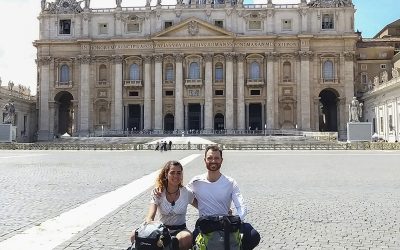
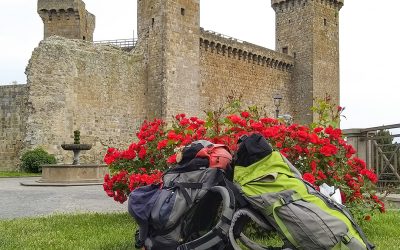

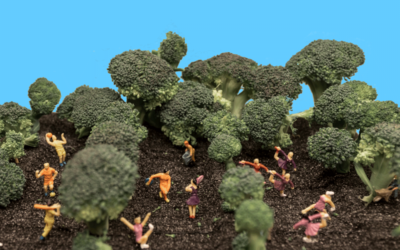
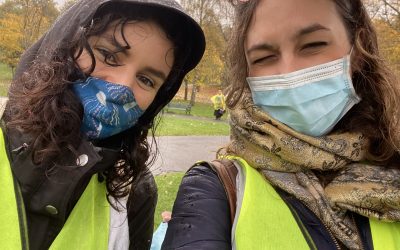
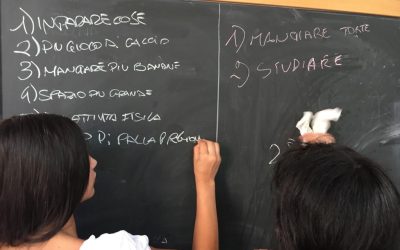
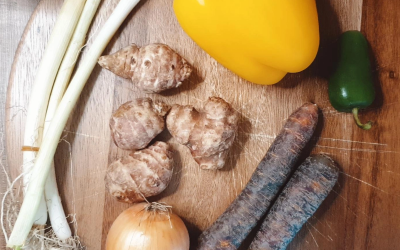
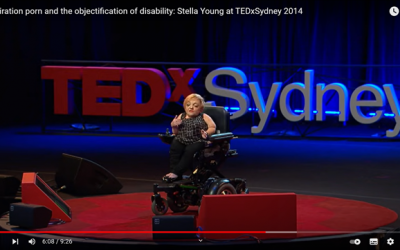

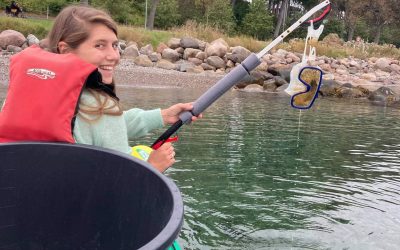

This is really great, thank you for sharing your journey and thoughts so far. Really shows that making change in our society begins with ourselves and the people in our circles. I’ll be sure to check out the links and people you’ve shared here, thank you!